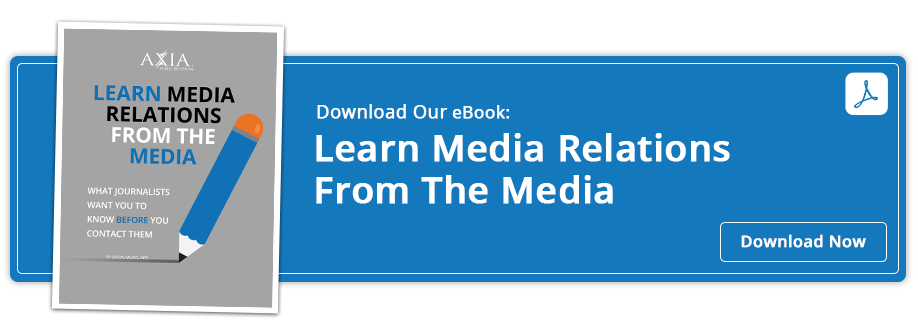PR Success Stories: Tylenol Crisis Averted with Responsive Crisis PR
By Axia Public RelationsMarch 2, 2013
Background
During the early 1980s, Johnson & Johnson’s (J&J) Tylenol suffered a catastrophic setback due to product tampering that resulted in the deaths of seven people. News of bottles being laced with cyanide quickly spread, creating a nationwide panic that was expected to cause irreparable damage to the brand’s image. Many experts assumed nothing could be done to repair the injury done to J&J’s most profitable product. However, the pharmaceutical company would embark on a public relations and media relations strategy that not only minimized reputational harm, but also led to sales rebounding to pre-crisis levels.
Response
Unlike many companies at the time, J&J’s response to the crisis was to place customer concerns before profits. The company issued a national media statement warning consumers not to ingest its product. J&J’s selfless response quickly won the acclaim of outlets such as The Washington Post, which stated that “Johnson & Johnson has effectively demonstrated how a major business ought to handle a disaster.” The positive coverage proved crucial in positioning J&J as a company that cared about the public’s well being, essentially derailing any potential for backlash against the company and its wide range of products. Once the crisis became manageable, and in conjunction with coupons and discounts on all Tylenol products, J&J’s next step involved a fast and aggressive PR campaign that aimed to spread the message that Tylenol was not only safe, but that the public could rest assured such a disaster would never happen again. More than 2,000 sales personnel would deliver presentations to the medical community to strengthen support of reintroducing Tylenol. Coverage of the painkiller’s redesigned tamper-resistant seal such as in the Kansas City Times and Advertising Age magazine went hand-in-hand with statements detailing the company’s road to recovery. A mention in The New York Times describing Tylenol’s rapid comeback created a wave of like-minded positive coverage that eventually saw shares climb back up to 24 percent, only six weeks after the onset of the crisis.
Outcome
The PR response proved to be an enormous success – a case study of crisis management. Tylenol quickly regained its 37-percent pre-crisis market share. The fact that such a circumstance could easily have meant the end for the brand demonstrated J&J’s effective use of PR and the media, which allowed the company to salvage and completely turn around its tarnished reputation. Thanks to positive news coverage and despite claims to the contrary, Tylenol would remain one of America’s top-selling pharmaceutical painkillers.
Topics: media relations, public relations, PR success stories, crisis communications


Comment on This Article